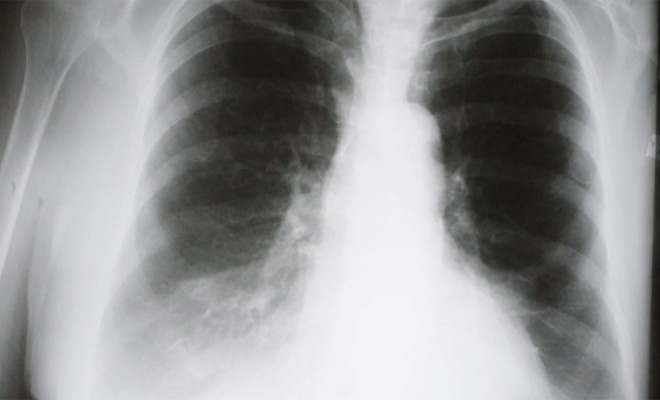
Although the culprit behind weight loss and muscle weakness in people with chronic obstructive pulmonary disease (COPD) is not fully understood, it is believed that these symptoms, which are very common in individuals affected by this condition, are caused by a combination of factors, including:
The shortness of breath, wheezing, permanent coughing and fatigue associated with COPD make it difficult for patients with this ailment to exercise or practice any form of physical activity without feeling exhausted and intense activities usually worsen the symptoms.
People with COPD are often underweight and the general weakness induced by the loss of muscle mass and by the difficult breathing limit their daily activities and affect the quality of life.
But it’s not only the skeletal muscles and the respiratory tract that are affected by this ailment: osteoporosis, heart failure, depression, atherosclerosis and dementia are only some of the systemic complications that are likely to occur in people with chronic obstructive pulmonary disease.
Besides these, cachexia or the “wasting syndrome”, which causes weight loss, muscle atrophy, weakness, fatigue and loss of appetite is also present in COPD sufferers. According to studies, these extrapulmonary manifestations account for the majority of morbidity in COPD patients, so targeting the respiratory system alone is not the most effective treatment in this case.
The general peripheral muscle weakness contributes to exercise limitation in people with chronic obstructive pulmonary disease. However, studies suggest that whole body vibration training could be an alternative to conventional exercises, thanks to the low impact of this form of training on the body and to the low skill demand of WBV.
A trial conducted by researchers at the Australian Catholic University has investigated the effects of whole body vibration exercises on the functional performance of the lower limbs, in 16 adults with COPD. All participants have undergone two sessions of WBV per week, for 12 weeks, the interventions being completed at home, under specialized supervision.
After the trial, there was no exacerbation in the symptoms of COPD that are associated with the lack of physical activity, and noticeable improvements were reported for the parameters measuring the performance of activities of daily living and gait.
WBV training didn’t exert any negative effect on the exercise tolerance and improved the functional performance of the lower limbs, so it could be a viable alternative to conventional training for people with COPD.

Updated on: 08.09.2021 The lymphatic system is involved not only...

Stress can make you gain weight – we’ve heard this...

Various theories exist to answer this question. As you will...

Both rebounding and jumping on a trampoline are excellent ways...

The health benefits of using vibration plates to burn fat...